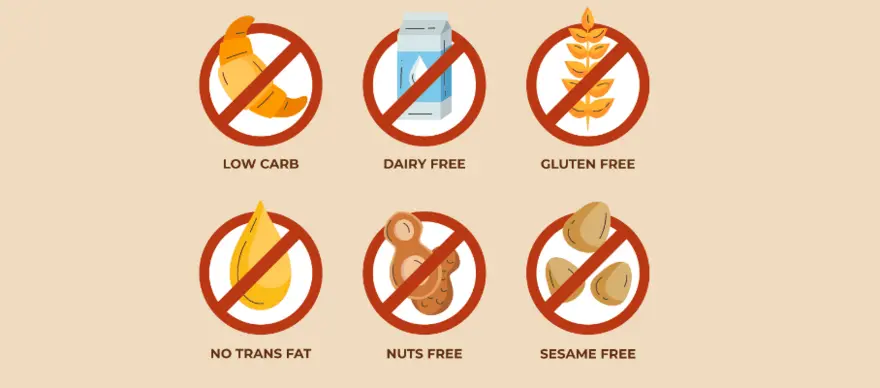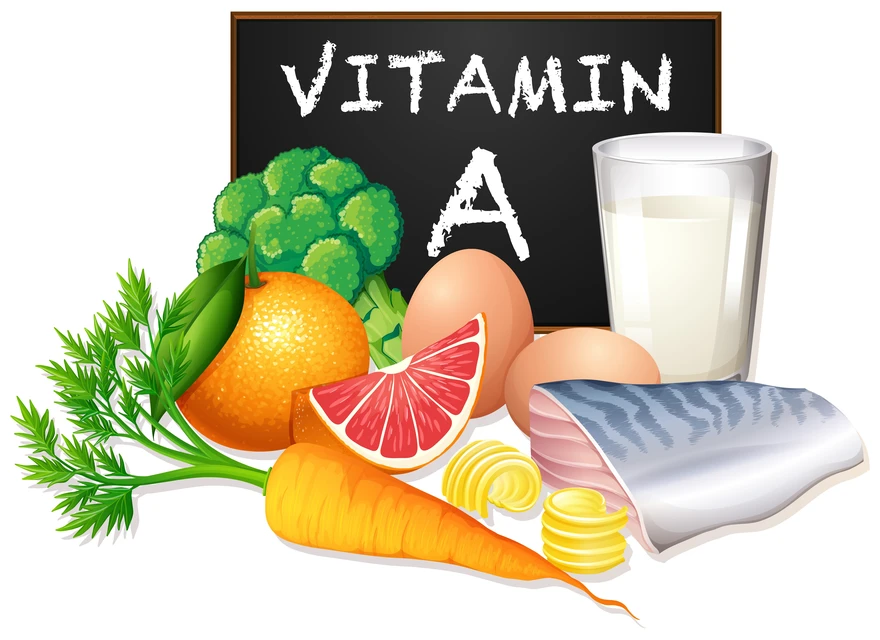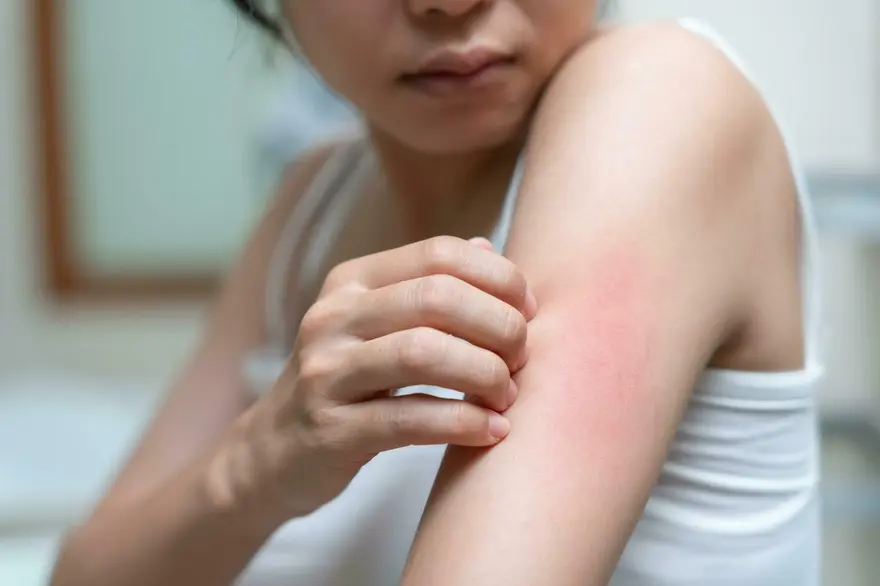Lifestyle
Food Allergy Rashes: Causes, Treatments, and Natural Remedies
51027 Views
0

What are Food Allergy Rashes?
Food allergy rashes are skin reactions that occur after eating certain foods. The rash may be itchy and red and can occur on any body part. Food allergies are caused by an immune system response to a food protein that the body perceives as harmful.
In 2021, it was estimated that 32 million Americans would have food allergy rashes, including 5.6 million children.
There are different types of food allergy rashes, each with its symptoms. The most common food allergy rash is atopic dermatitis, also known as eczema. Eczema is a chronic, inflammatory skin condition that causes dry, itchy skin.
Food allergies can also cause hives, also known as urticaria. Hives are raised, and red welts on the skin can be itchy or painful. They are often caused by an allergic reaction to a food or medication. Other less common food allergy rashes include contact dermatitis and angioedema.
Food allergies are common in children, and most go away independently. Although this is not always the case, food allergies generally outgrow in children. Food allergies can also happen later in life, but they are unusual.
While you may feel symptoms of other diseases, your body's reaction to the poisoning will be unique. However, different types of food allergy rashes on the body are typical indicators, and their symptoms include:
- tingling in the mouth
- itching
- swelling of the lips, tongue, or throat
- wheezing or difficulty breathing
- nausea and vomiting
- abdominal pain or cramps
Food Allergy Rashes Causes
According to the American College of Allergy, Asthma and Immunology, children's most frequent food allergies are milk, eggs, and peanuts.
According to experts, children outgrow milk, egg, soy, and wheat allergies at a rate of up to 25%. Peanut allergies, in particular, appear to be on the decline.
In addition to wheat, numerous European countries have additional top allergens, including sesame, celery, lupin (a legume), and mustard. In the United States, sesame is becoming increasingly frequent.
The body’s immune system mistakenly identifies a harmless food protein as a threat in people with food allergies. When the person eats the offending food, the immune system overreacts and releases chemicals that cause symptoms.
The most common food allergens are proteins found in eggs, milk, peanuts, tree nuts, soy, wheat, fish, and shellfish.
Food Allergy Rashes Treatments
The best food allergy rashes treatment is to avoid the offending food. This can be difficult, especially if you’re allergic to everyday food items like milk or wheat, which are ubiquitous.
If you have a severe allergy, you may need to carry an epinephrine auto-injector (such as an EpiPen) with you at all times in case of accidental exposure.
For severe allergies, your doctor may prescribe a corticosteroid such as prednisone. Corticosteroids can be taken orally or injected. They are generally safe but can have side effects such as weight gain and mood swings.
If you have a mild allergy, your doctor may recommend antihistamines to relieve symptoms. Antihistamines can be taken orally or applied topically (to the skin). However, they don’t work for everyone and may cause drowsiness.
The following tests can help the doctor diagnose a food allergy:
- Blood test: This test looks for antibodies specific to certain food proteins, indicating an allergy. For instance, if you're allergic to peanuts, the test may reveal high levels of antibodies to a peanut protein called Ara h 2.
- Food diary: The individual records everything they eat and describes any emerging symptoms. For instance, if you think you're allergic to eggs but don't experience any symptoms after eating them, you're likely not allergic.
- Physician-supervised blinded oral food challenge: A food allergy can be very difficult to diagnose, especially in children. A physician administers a suspected food allergen in increasing doses to the individual over time, with close monitoring for symptoms. This method eliminates the risk of psychosomatic reactions.
Food Allergy Rashes Natural Remedies
Several natural remedies can help relieve symptoms of food allergy rashes. Some of them are:
1. Probiotics
Probiotics can help reduce inflammation and improve gut health. They are available in supplements or fermented foods such as yoghurt and sauerkraut. Probiotics are live microorganisms similar to the beneficial bacteria found in the gut.
2. Vitamin C
Vitamin C is a powerful antioxidant that can help reduce inflammation. Vitamin C supplements are widely available, or you can get your daily dose from foods such as oranges, strawberries, bell peppers, and broccoli.
3. Ginger
Ginger is a well-known remedy for nausea and vomiting. It can also help relieve inflammation and pain. Ginger is available in supplement form or as a spice that you can add to your food.
4. Quercetin
Quercetin is a plant compound that has anti-inflammatory and antioxidant properties. You can find quercetin in supplements and food items such as onions, apples, and green tea.
5. Butterbur
Butterbur is a plant that has been used for centuries to treat various ailments, including allergies. Butterbur extract is available in supplement form and is effective in treating seasonal allergies.
6. Bromelain
Bromelain is an enzyme found in pineapples that has anti-inflammatory properties. Bromelain supplements are often taken to reduce inflammation and swelling associated with injuries, surgery, and inflammatory conditions such as arthritis.
Conclusion
People often have allergic responses to specific allergens, such as pet dander and pollen, as well as compounds in foods, beverages, and personal hygiene products.
The source determines the best way to treat an allergic reaction, although most minor instances may be treated with OTC antihistamine and anti-itch medicines.
If you have been diagnosed with chronic or severe food allergy rashes symptoms, such as throat swelling or a change in heart rate, you should go to the hospital immediately. Anaphylaxis must always be treated as a medical emergency.
Are you willing to know whether you're intolerant to any food? Take our Food Intolerance Test and find out for sure!
Accurate and reliable, our test can detect up to 140 different food intolerances and is vegetarian-friendly. So why not give it a try today?
























